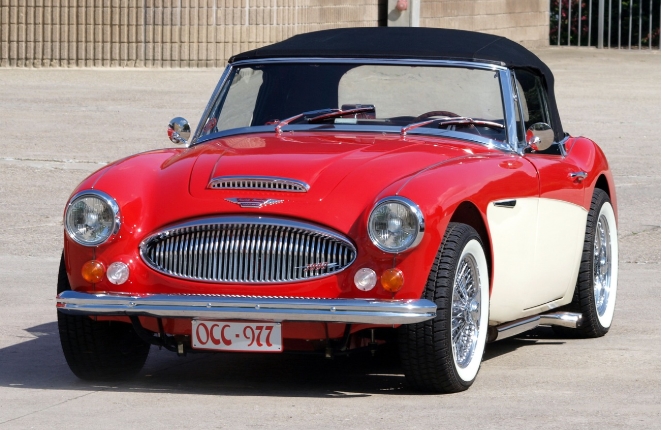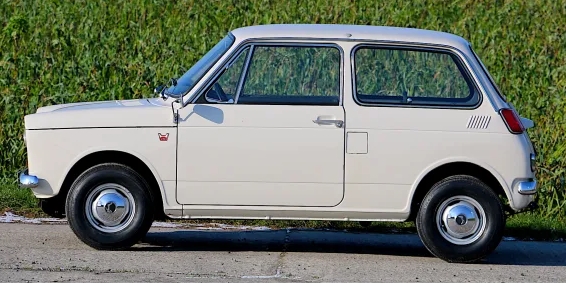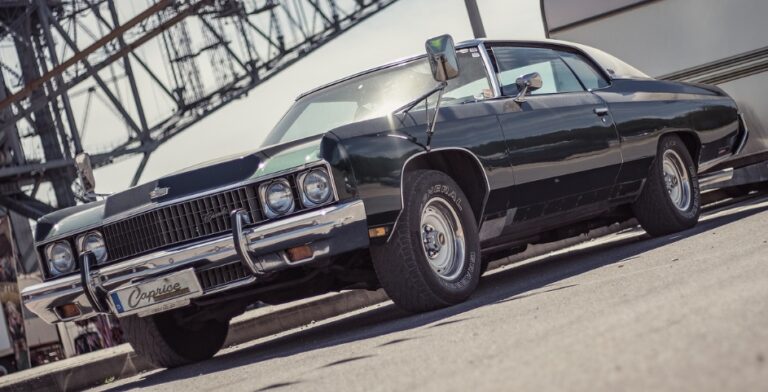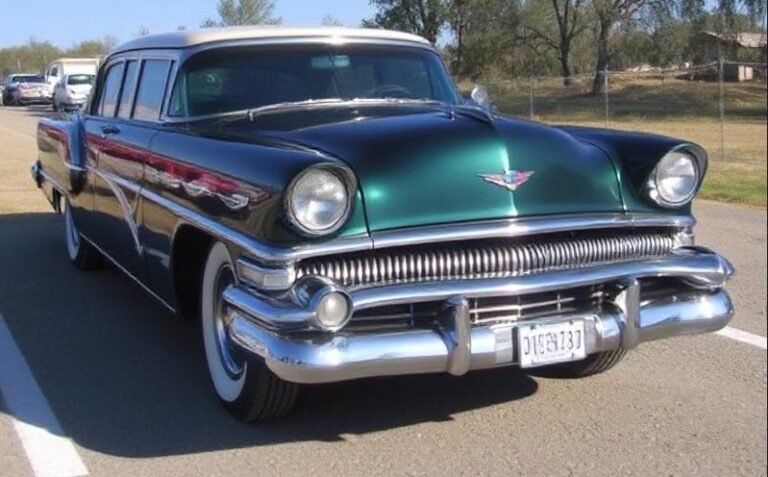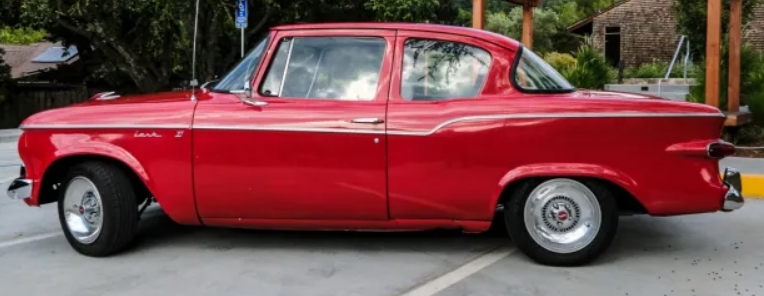The Evolution of the Austin-Healey 3000
The Austin-Healey 3000 is a classic British sports car that played a pivotal role in defining the roadster segment during the 1950s and 1960s. Known for its performance, styling, and driving pleasure, the 3000 has garnered a dedicated following among automotive enthusiasts. This article will explore the evolution of the Austin-Healey 3000, examining its production years, models, trim levels, and the noteworthy changes during its lifecycle.
Background
Launched by the Donald Healey Motor Company in the early 1950s, the Austin-Healey brand was born out of a collaboration between the Austin division of the British Motor Corporation (BMC) and the Healey company. Initial models like the Austin-Healey 100 had set the groundwork for a new type of sports car in Britain, blending the accessibility of their engine technology with Healey’s racing pedigree. Following this initial success, BMC saw the potential for a more powerful and comfortable vehicle that would appeal to the growing sports car market.
Introduction of the 3000
Year of Introduction: 1959
The Austin-Healey 3000 was introduced in 1959 as a refinement and successor to the Austin-Healey 100-6 model. The 3000 was aimed to be a more potent vehicle that offered both performance and comfort. Design work continued in the spirit of a true sports car while enhancing usability. BMC’s decision to market the Austin-Healey brand as a premium offering within their lineup was a promising move.
Models and Trim Levels
The Austin-Healey 3000 was produced in three main series, each with specific trim levels that reflected the increasing power and amenities.
- Austin-Healey 3000 Mk I (BN7/BT7)
- Production Years: 1959–1961
- Models:
- BN7 (Two-Seater): Sporting a more performance-oriented design with a focus on reduced weight and increased speed.
- BT7 (Four-Seater): This model offered an extended body and was equipped for increased passenger comfort.
- Engine: Introduced with a 2.9-litre straight-six engine, it produced 124 horsepower (HP) and offered an exhilarating driving experience.
- Austin-Healey 3000 Mk II (BJ7/BJ8)
- Production Years: 1961–1963
- Models:
- BJ7 (2+2): This version retained the four-seater configuration but with improved amenities.
- BJ8 (Phase-Out): Offered additional enhancements to comfort and performance, capturing a wider market of sports car enthusiasts.
- Engine: The engine output was increased to 132 HP thanks to minor tweaks and refinements in the engine’s tuning.
- Austin-Healey 3000 Mk III (BJ8)
- Production Years: 1964–1967
- Model:
- BJ8: This model featured further improvements, especially regarding comfort, luxury, and driving dynamics.
- Engine: The final edition’s 3.0-litre (actually 2,912 cc) unit produced 150 HP and was fitted with twin SU carburetors for improved throttle response and performance.
.
thinking about buying a vintage car? READ THIS First!
.
Evolution in Design and Features
Throughout its production run, the Austin-Healey 3000 saw notable changes in design and features aimed at increasing its appeal and competitiveness in an increasingly crowded market.
- Styling and Comfort: The early models (Mk I) had a more rudimentary approach to styling, favoring sportiness over luxury. As the models evolved, particularly in the Mk III, additional luxurious features were incorporated, such as wind-up windows, nicer interiors, and improved suspensions systems that provided better ride comfort and handling.
- Performance Upgrades: Each iteration of the 3000 also saw performance improvements. The suspension, braking, and steering systems were continuously reviewed and upgraded, providing a distinctly better driving experience as the series progressed.
- Market Positioning: The Austin-Healey brand began to carve out a position in the market as a combination of sportiness and everyday usability. This meant appealing not just to car enthusiasts but also to buyers looking for a fun and stylish daily driver.
Legacy
The Austin-Healey 3000 is often celebrated for its racing pedigree and success in various competitions, including rallies and trials. The 3000s were notably utilized in the well-respected Mille Miglia, a testament to their athletic capability.
- Cultural Impact: Beyond racing, the Austin-Healey 3000 has appeared in numerous films and television shows, solidifying its cultural significance. The vehicle is now regarded as a symbol of the golden age of British motoring.
- Collector’s Item: Even decades after ceasing production in 1967, the 3000 remains a highly sought-after classic car. Enthusiasts often celebrate the 3000 at events, and its appeal has only grown as a collector’s item due to its rich history.
The End of Production
The last of the Austin-Healey 3000s rolled off the production line in 1967, leading to the end of an era for BMC’s sports cars. Production numbers reached just over 157,000 units across all models, making it one of the most celebrated British sports cars of its time.
Despite the end of its production run, the Austin-Healey 3000 has left a lasting legacy in the automotive world. Enthusiast clubs, restoration services, and classic car shows keep the spirit of the Austin-Healey alive, while the vehicles themselves often serve as coveted pieces of history in the garages of collectors.
Conclusion
The Austin-Healey 3000 remains an iconic representation of British sports car engineering and design. Its evolution from the straightforward Mk I to the refined Mk III illustrates the spirit of adaptability and innovation that defines the automotive industry. As classic cars continue to grow in importance in the collector space, the Austin-Healey 3000 will undoubtedly stand as a prime example of the perfect fusion between functionality and thrilling performance—a true classic that has secured its place in the hearts of automotive enthusiasts for generations to come.
